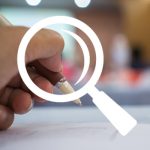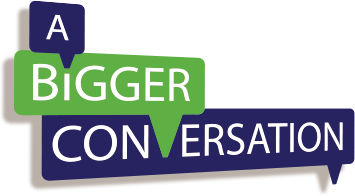
Summary
It seems as though genome editing is everywhere. In a relatively short time, particularly since the emergence of the CRISPR-Cas9 system in 2012, techniques for making precisely targeted
alterations to DNA sequences in living cells have not only preoccupied life science journals, but have also featured in mainstream news. They have been implicated in stories of revolutionary
medical advance and genetically altered food, and in the business pages, where the battle over the intellectual property rights to the underlying technology, and the prospects of companies
developing genome editing treatments and products, have been matters of continual intrigue and speculation.
While the scientific merits are overt, the practical and ethical significance of these recent developments is far harder to discern. While the use of genome editing techniques has spread
across biological research, including microorganisms, plants, animals and human cells, the extent to which the potential applications can be understood in relation to prevailing norms and managed through existing governance measures has not been extensively examined. As a rapidly established (though continually developing) research technique, one that is at the foundation of diverse emerging biotechnologies, there is concern that genome editing science and innovation are moving ahead of public understanding and policy.
The Nuffield Council’s terms of reference charge it “to identify and define ethical questions raised by recent advances in biological and medical research in order to respond to, and to anticipate, public concern.” In 2015, convinced that genome editing had the potential to raise such questions, the Council agreed to undertake a programme of work and established an interdisciplinary working group to gather evidence and to deliberate in relation to these matters. The present publication is the output of the first stage of this work. It addresses conceptual and descriptive issues regarding genome editing and identifies the key ethical questions that arise.
Web page has links to the full report.
